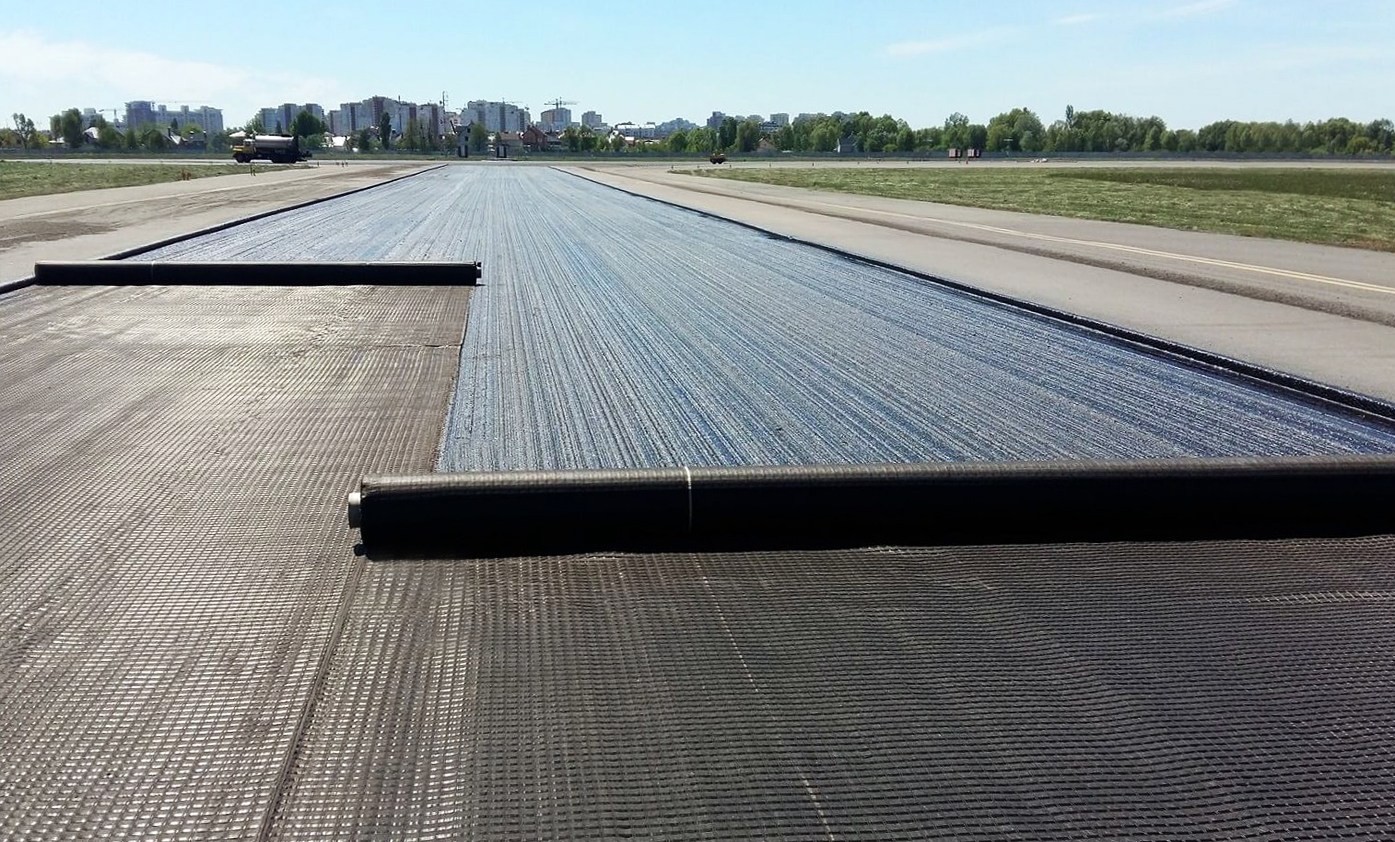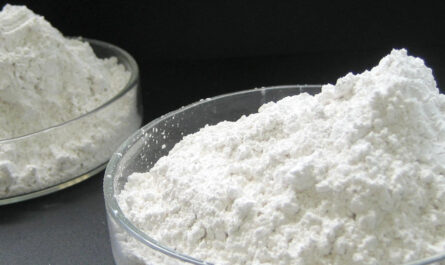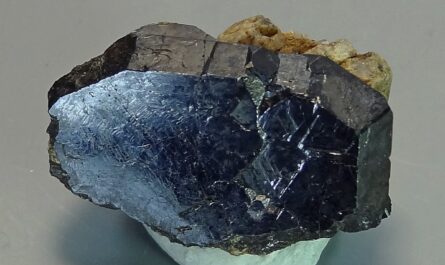Understanding Drilling Chemicals: An Essential yet Complex Part of Oil & Gas Operations
Drilling activities are an integral part of oil and gas exploration and production projects. While rigs, pipes, and heavy equipment form the visible part of drilling operations, there is another crucial but often overlooked component – drilling chemicals. Chemicals play a profound role in modern drilling processes by helping make operations safer, more efficient and environmentally responsible. However, their functions and impacts are intricate and not always well understood. This article aims to provide an overview of drilling chemicals – what they are used for, types commonly used, benefits as well as environmental and health concerns associated with them.
What are Drilling Chemicals?
Drilling chemicals refer to a wide range of synthetic compounds specially formulated to serve specific purposes in drilling operations. They include fluids used to drill wellbores such as drilling muds, fluids used to complete wells, fracturing fluids, cementing chemicals, biocides, oxygen scavengers and more. While some chemicals like biocides are added in small amounts, drilling fluids which form the bulk of drilling chemical usage, require precise engineering to achieve desired drilling properties and lubrication. Drilling fluids are complex mixtures that undergo continuous tuning based on geological conditions encountered while drilling through various formation types.
Common Types of Drilling Chemicals
Some commonly used drilling chemical types include:
– Drilling Fluids: These include water-based muds, synthetic-based muds and oil-based muds used to lubricate drill bits, transport cuttings to surface and control pressures in the well. Special additives provide desired rheological, gel strength and filtration control properties.
– Cementing Chemicals: Slurries containing cement, fluid loss additives and dispersants are used to cement and seal well casings. They harden to form impermeable barriers isolating formations.
– Conditioning Polymers: Help disperse solids in slurries, reduce friction and fluid loss. Examples include polyanionic cellulose, polyacrylamide.
– Shale Inhibitors: Prevent swelling and damage to clay-rich shales during drilling and cementing. Common inhibitors are potassium or sodium chloride.
– Biocides: Kill bacteria that feed on organic compounds and release corrosive byproducts. Examples are glutaraldehyde, triazines, isothiazolones.
Key Functions of Drilling Chemicals
Drilling chemicals provide the following critical functions:
– Lubrication: Fluids lubricate drill bits and cool drilling tools preventing damage. Specialized polymers and fluid rheology optimize lubrication.
– Transport Cuttings: Muds carry cuttings upbore preventing them from settling within the well. Conditioning chemicals optimize transport efficiency.
– Control Formation Pressures: Drilling fluid density and rheology are balanced to prevent sudden fluid inflows from formations or blowouts.
– Wellbore Stability: Chemicals prevent caving, swelling, sloughing and lost circulation problems protecting well integrity during drilling and cementing.
– Improve Drilling Efficiency: Right chemicals optimize penetration rates by minimizing torque and drag on drill strings.
– Disinfection: Biocides control pathogens and biofilms that can corrode equipment or contaminate formations and reserves.
– Isolation: Cement slurries and zonal isolation additives create durable well barriers protecting producibility and shielding aquifers.
Environmental and Health Concerns
While indispensable for operations, some concerns have been raised about drilling chemicals’ impacts:
– Toxicity: Certain chemicals used in synthetic or oil-based muds like petroleum distillates, some biocides and H2S scavengers are potentially carcinogenic if inhaled or ingested in large amounts without PPE. However, risks are minimized through protocols.
– Freshwater Contamination: Spills or leakage from surface operations carries risk of polluting aquifers, though recycling, containment and waste management procedures seek to prevent this. Some jurisdictions mandate chemical disclosure to address concerns.
– Air Pollution: Volatile emissions from cuttings piles, waste pits and spills give off fumes that could impact air quality if not properly controlled. Regulations aim to curb emissions.
– Soil and Groundwater Contamination: Improper disposal of produced water, drill cuttings and chemicals carried in flowback presents contamination hazards if inadvertently released to soil or shallow aquifers instead of appropriately handled disposal sites.
– Ecotoxicity: While toxicity to humans receives more scrutiny, even low chemical concentrations over long periods may impart ecotoxicological effects on local fauna like aquatic invertebrates through runoff. Ecotoxicity studies are limited.
To summarize, drilling chemicals fulfill vital yet nuanced roles in modern drilling. While indispensable, their environmental behaviors and impacts require continuous research and regulatory oversight to minimize ecological and human health risks from oilfield operations. With prudent management practices, risks can be addressed while enabling continued development of energy resources.
This article provided an overview of drilling chemicals – their key functions, types commonly used, as well as benefits they provide and potential environmental and health concerns associated with their use. Drilling chemicals are a complex but essential component of drilling operations that require careful formulation and application to ensure safety of workers and the environment. Continuous efforts to improve chemicals, operating practices and regulations will be important to responsibly produce energy resources through drilling activities.
Note:
1. Source: Coherent Market Insights, Public sources, Desk research
2. We have leveraged AI tools to mine information and compile it




